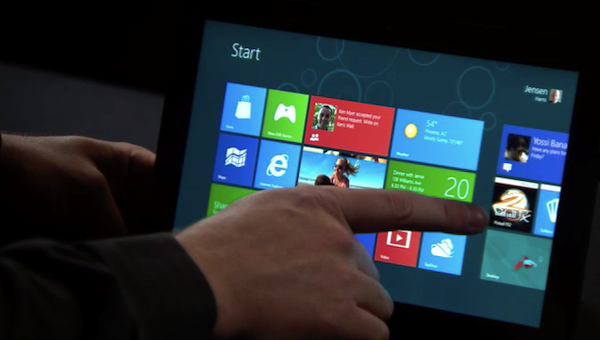What if Windows 8 fails?

It’s the hypothetical scenario many IT pros try to ignore: What if Microsoft’s Windows 8 launch is a dud? What if Surface is a flop, the $40 upgrade promotion fizzles and all of those slick new Windows RT tablets don’t fly off the shelves?
Given today’s consumer-driven BYOD IT culture, it’s a very real possibility. The Windows ecosystem simply doesn’t hold the gravitas it once did, with users finding every possible excuse to cut the enterprise cord and dump their clunky old IT-issued laptops and desktops. It’s like the cold war-era Soviet Union facing off against Western society: Once the populace got a taste of Levis and free speech, there was no holding them back.
In this metaphor, Microsoft is like Gorbachev: Dangling the carrot of “free Office” on each RT tablet in an effort to entice users back into the Windows fold. However, many of these users have already emigrated outside of the Redmond giant’s sphere of influence. They’ve tasted the fruit of Apple’s orchard and are not going back to the stale bread lines of the evil empire. If anything, the fact that a device is running any version of Windows -- even one with a slick, touch-centric UI pasted on top -- is a huge turn-off. iOS and, to a lesser degree, Android, are fresh and new, while Windows 8 feels like so much warmed-over “Glasnost.”
So, there’s a very real chance that Windows 8 will fail to either co-opt or stem the BYOD tide, which means that IT needs to start thinking about the realities of a post-Microsoft world. For starters, the Win32 API will no longer be the defining standard for application compatibility.
Ironically, it is Microsoft that is leading the charge to kill Win32. With WinRT (the API, not the tablet OS), the company is frog marching its developer community away from what has long been its proprietary “ace in the hole”. In Win32’s place, they’re pushing HTML5, a generic, web-centric standard that runs great on all of those non-Windows devices from Apple, Google, Research in Motion, etc.
Next, with the decline of the Windows client OS and APIs comes the obviation of myriad PC configuration and systems management solutions. Suddenly, those huge investments IT made in Systems Center Configuration Manager (SCCM) and related technologies are moot. The new name of the game is heterogeneous Mobile Device Management (MDM), and it’s already got a bunch of established players who have a huge head start on Microsoft. In fact, the folks from Redmond are just now preparing to field the necessary iOS and Android SCCM extensions.
To be sure, there will be instances where Microsoft’s heavy-lifting capabilities are still relied upon: In the data center, messaging infrastructure and corporate web presence functions. However, without control of the client space, Microsoft will see the rapid decline of its IT hegemony as Windows 7 systems begin to age and more and more users either buy or are issued mobile devices running non-Microsoft operating systems.
It’s the classic “death spiral” scenario: A disruptive technology (iPhone/iPad) comes along and changes the rules, leaving the established players to either adapt or die. In Microsoft’s case, it responded too slowly to the surge in BYOD, and now it’s in the precarious position of playing catch up in a game where none of its traditional strengths are applicable.
The next six months will be crucial for Microsoft. Will it once again be able to “embrace and extend” its way out of a jam? Or will version 8 become the empire’s swan song as the hammers and sickles tear down its once impenetrable Windows fortress?
Me? I’m betting on the guys with the hand tools.
